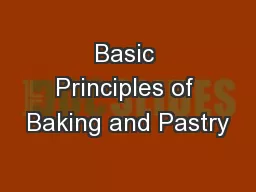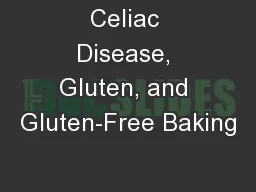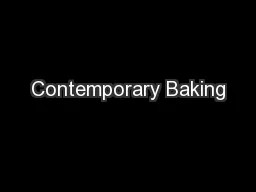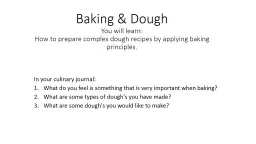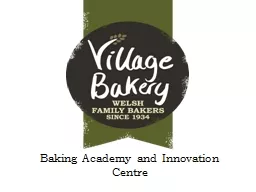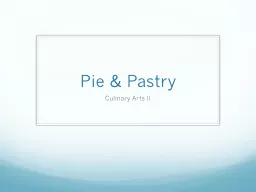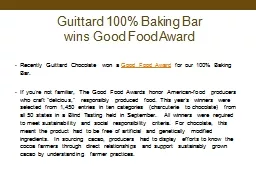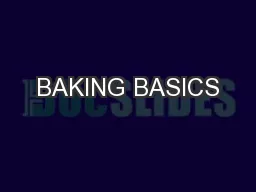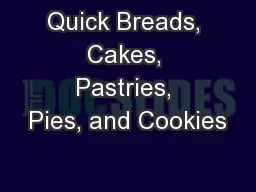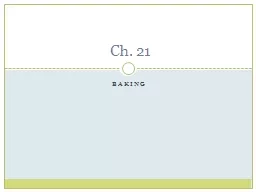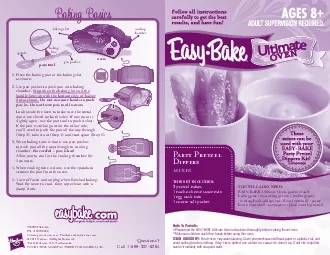PPT-Basic Principles of Baking and Pastry
Author : alida-meadow | Published Date : 2017-12-02
Vocabulary Gluten n Protein found in wheat The more gluten the tougher the product The longer the gluten strands the chewier the product Tender adj Soft and
Presentation Embed Code
Download Presentation
Download Presentation The PPT/PDF document "Basic Principles of Baking and Pastry" is the property of its rightful owner. Permission is granted to download and print the materials on this website for personal, non-commercial use only, and to display it on your personal computer provided you do not modify the materials and that you retain all copyright notices contained in the materials. By downloading content from our website, you accept the terms of this agreement.
Basic Principles of Baking and Pastry: Transcript
Download Rules Of Document
"Basic Principles of Baking and Pastry"The content belongs to its owner. You may download and print it for personal use, without modification, and keep all copyright notices. By downloading, you agree to these terms.
Related Documents

